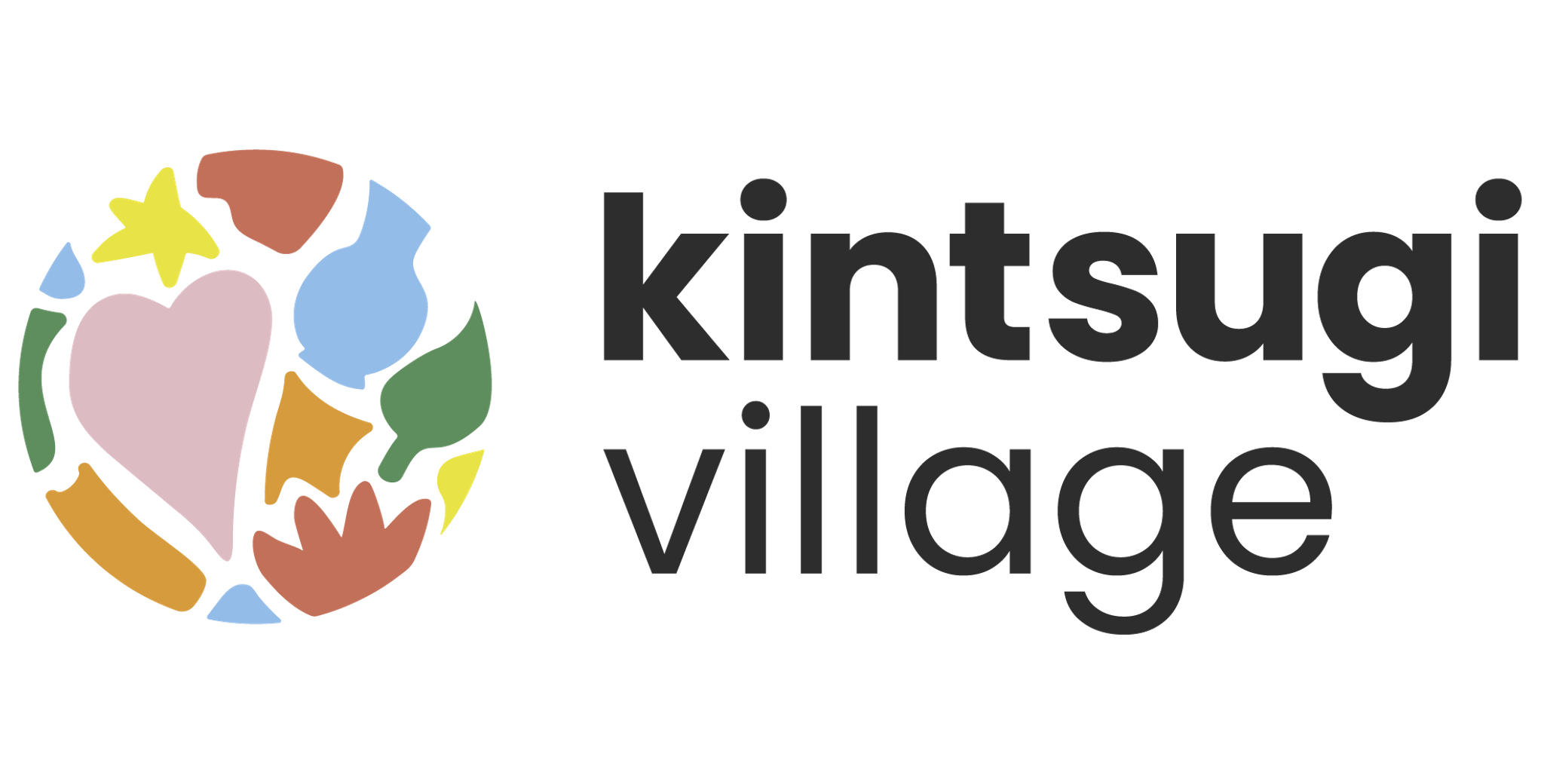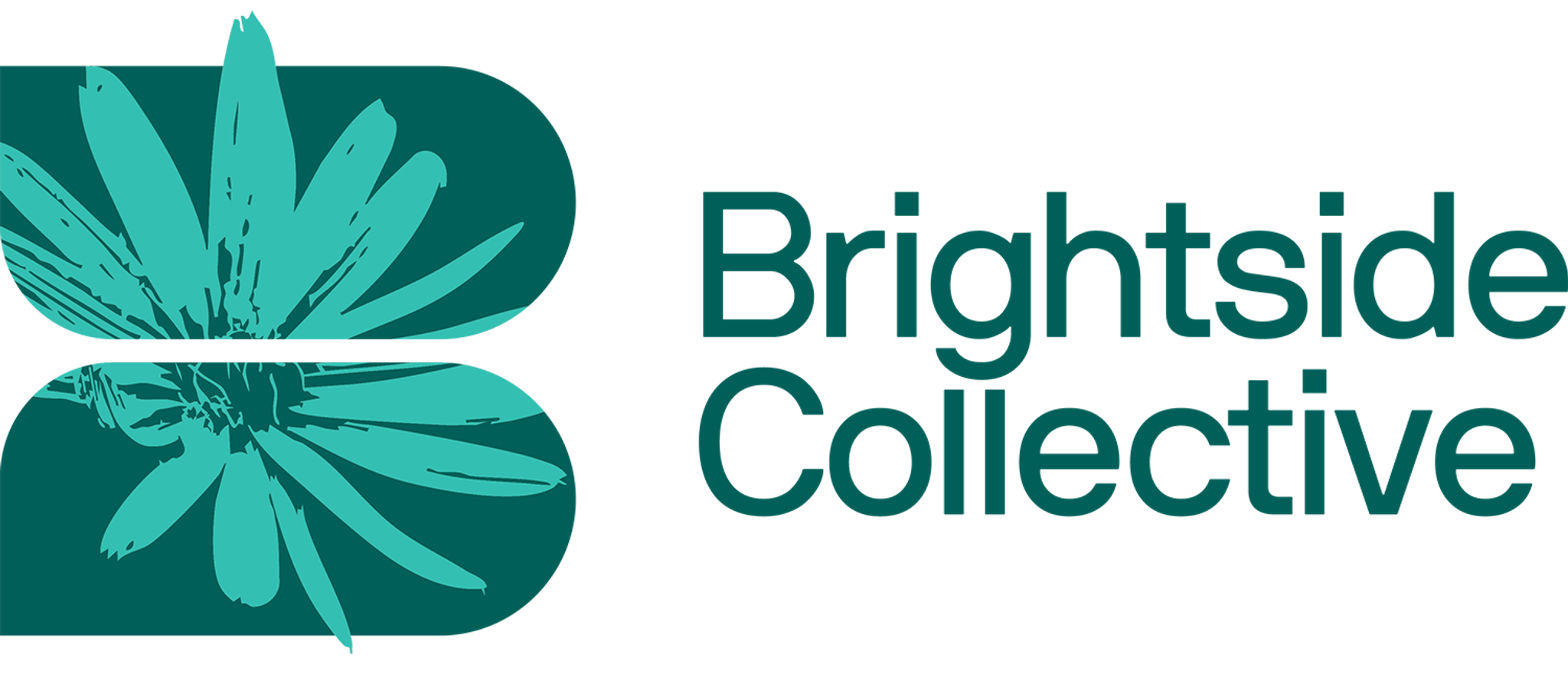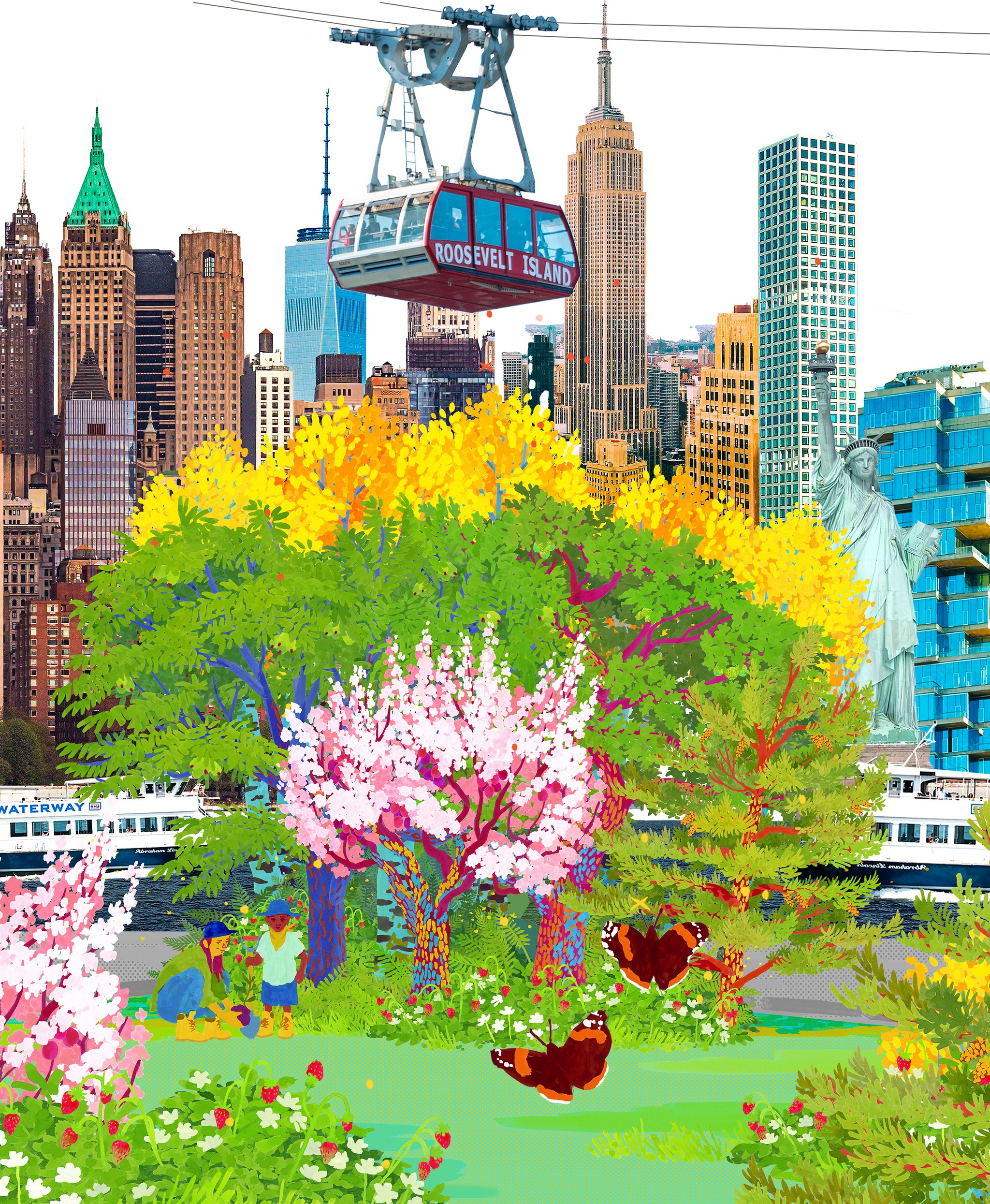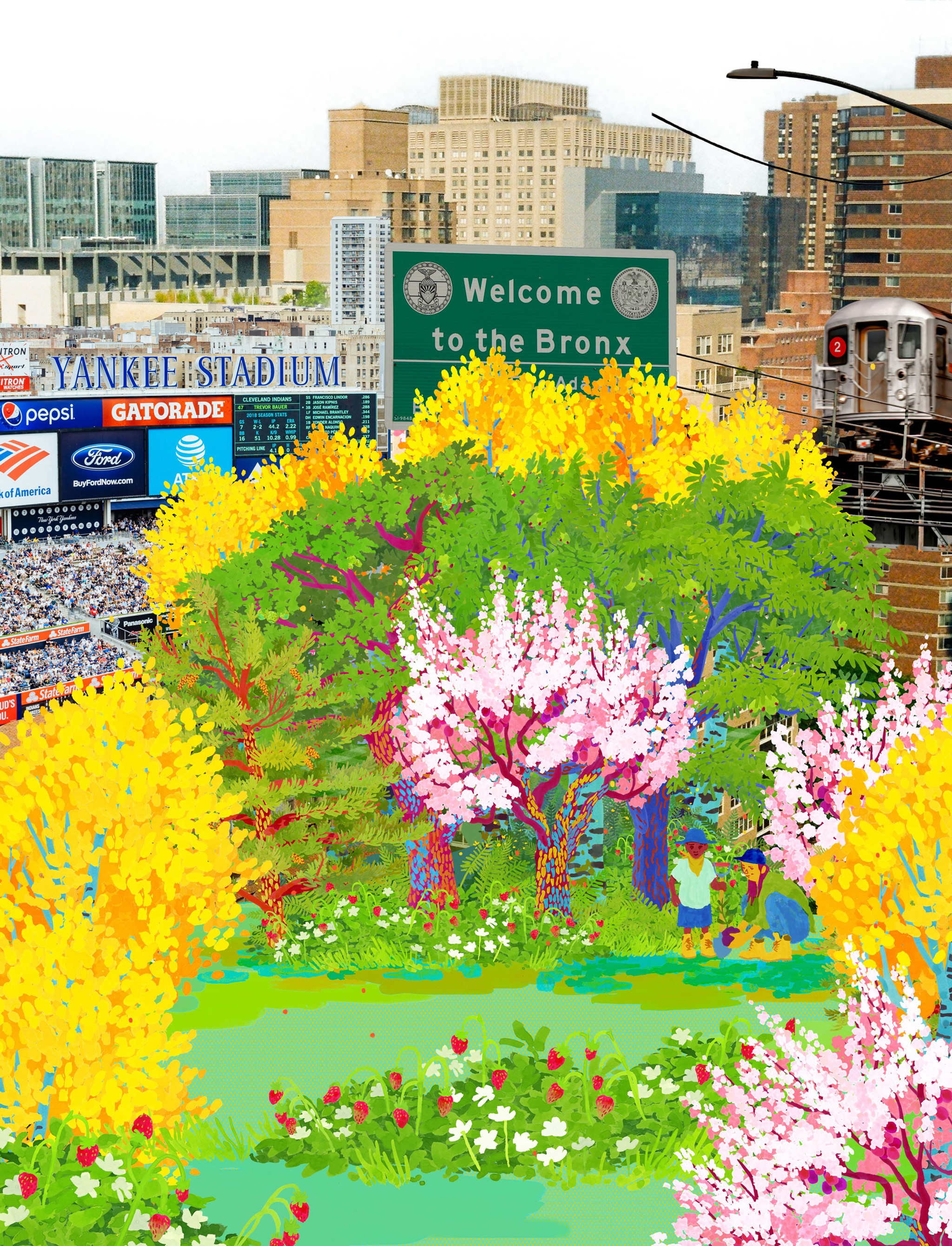Kintsugi Village Forest
Honoring Waawiiyaataanong’s Land and Legacy
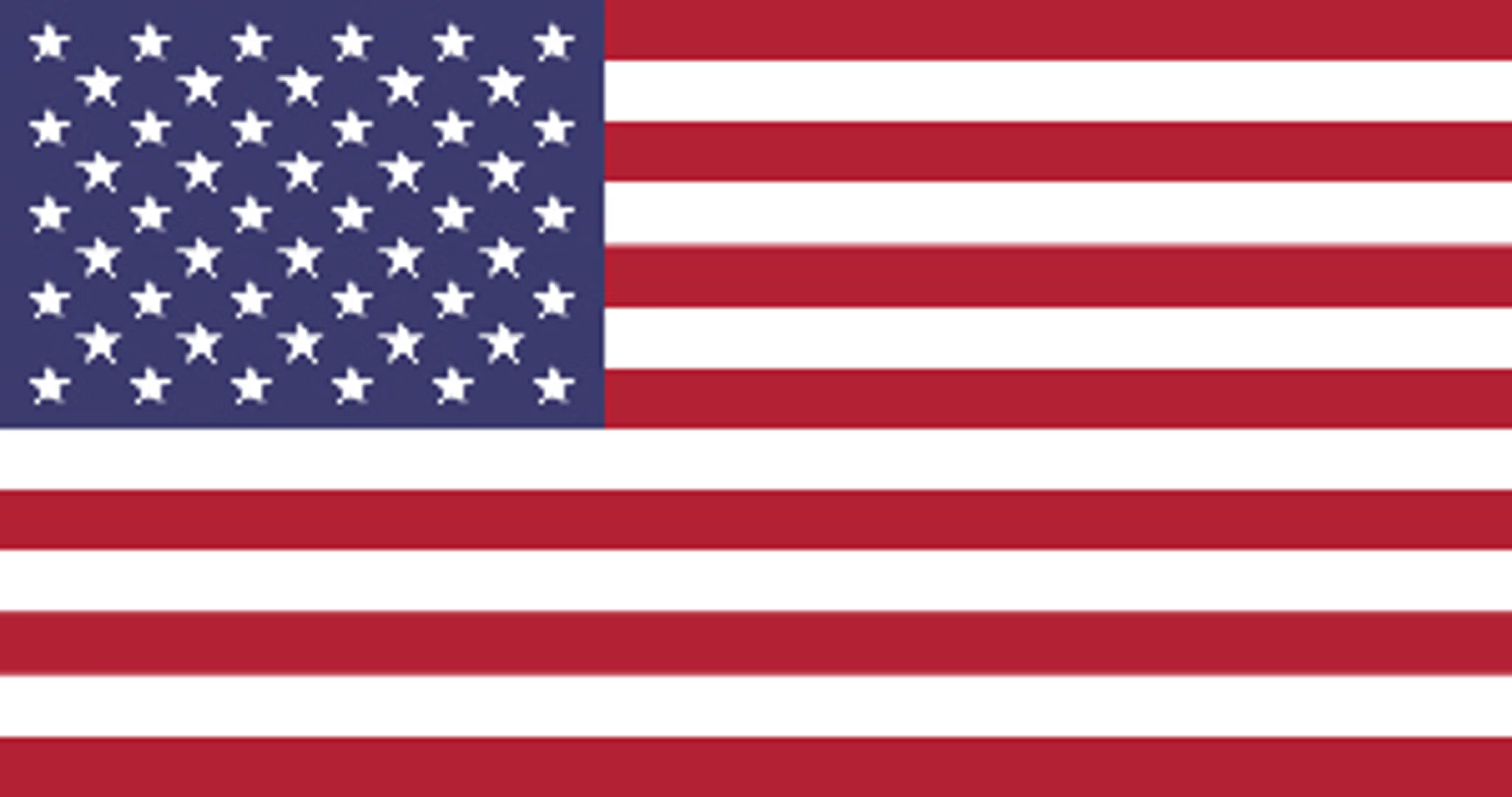
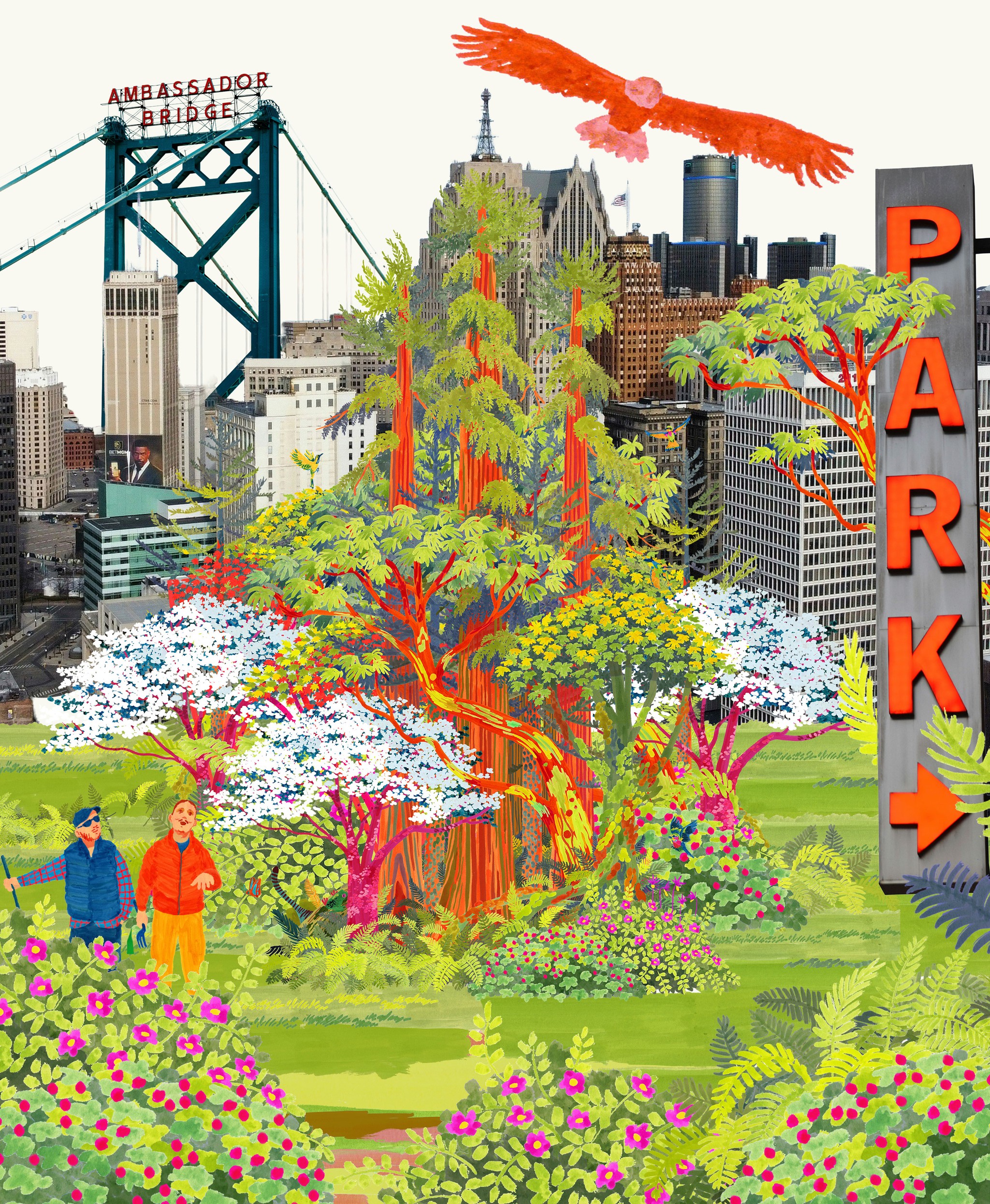
0
Trees
0
Square Feet
0
Species
0
Youth Impacted
Detroit, or Waawiiyaataanong, meaning "where the river bends" in the Anishinaabe language, has historically been a significant gathering place for the Odawa, Ojibwe, and Potawatomi peoples. Once covered by expansive old-growth forests, this land played a central role in shaping the region’s ecological and cultural identity. The rich diversity of wetland flora and fauna that flourished here was integral to the industrial boom that Detroit is known for today.
Kintsugi Village is a vibrant community hub located in Detroit’s mobility innovation district. It houses an early childhood education center (ages 3–5), an artist incubator, a culinary kitchen, a retreat center, and outdoor community spaces - including a garden, native plants and soon, a pocket forest. The school’s curriculum emphasizes holistic development, with a focus on food, nature, and the arts, placing environmental connection at the heart of its programme.
By planting the Kintsugi Village Forest, we aim to regenerate and celebrate the native plant species that once thrived here, such as the American Elm and Sugar Maple. This densely planted, biodiverse forest will honor the ecological heritage of the land and the cultural traditions of the Indigenous peoples who have long cared for it - while creating a living classroom and community space for generations to come.
Forest Maker
Ethan Bryson
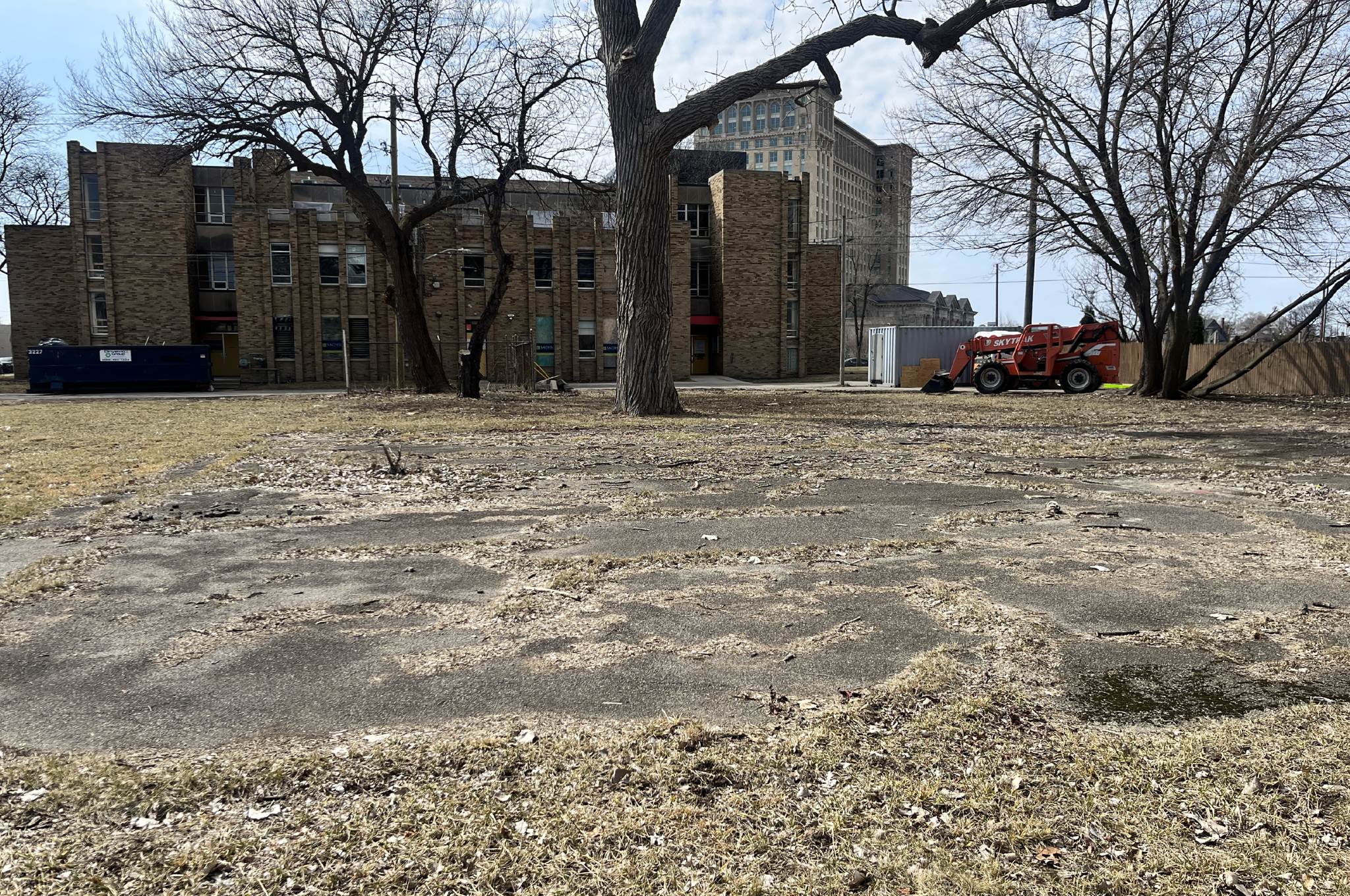
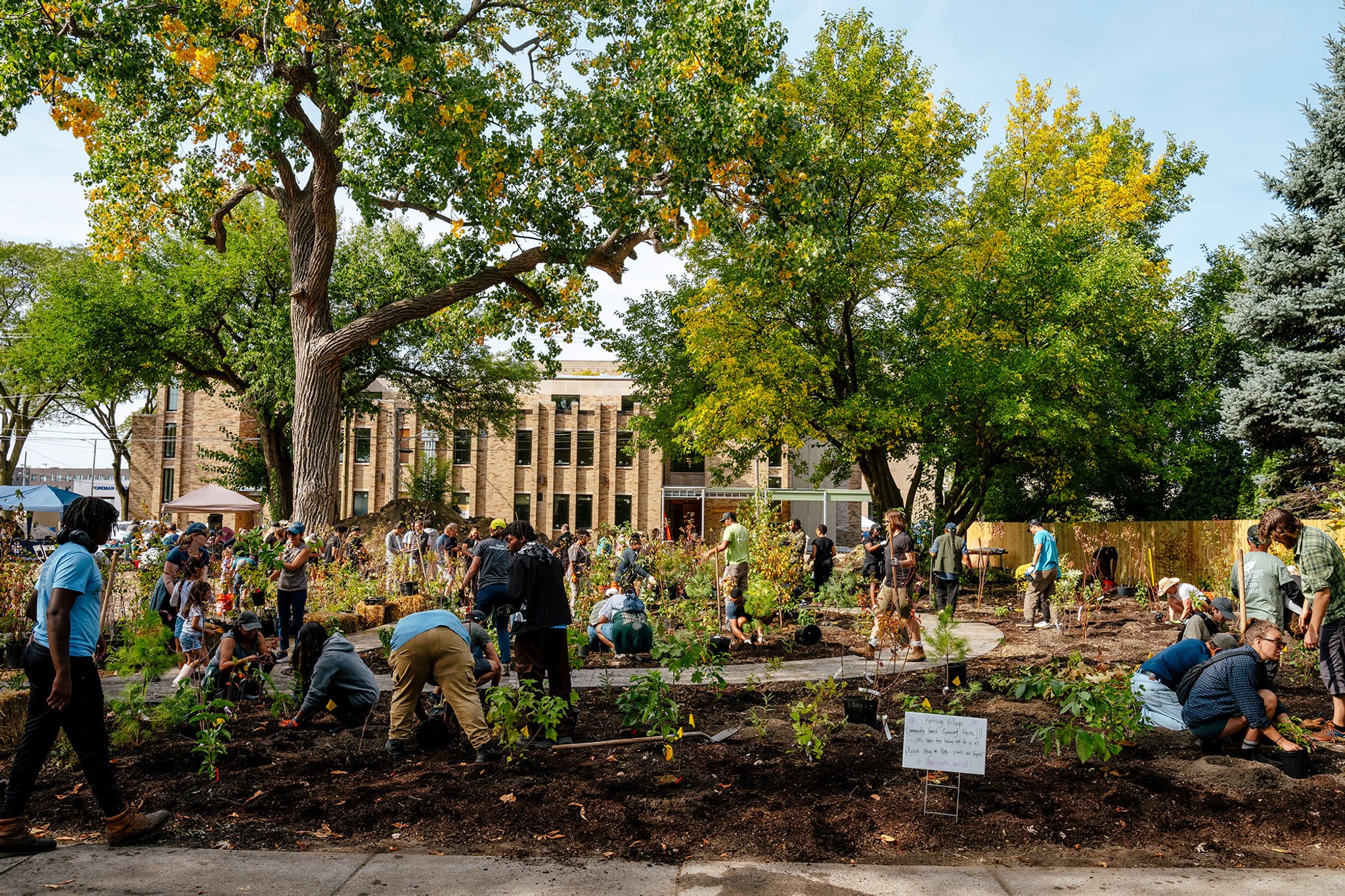
Forest Partner

Forest Design
This 3,200 sq ft forest design creates a serene, natural atmosphere, encouraging exploration and connection with nature. A meandering path guides visitors through the space, with concrete pads for rotating sculptures seamlessly integrated into the landscape. Existing trees, including a cottonwood and an elm, will be preserved, with the elm undergoing trimming to improve its health.
Lighting will highlight key features, including potential uplighting for trees, enhancing the space at night. Sustainability is a key focus, with the inclusion of a greenhouse dome, toolshed, and compost bin. This design offers a harmonious blend of nature, art, and community, fostering a tranquil, eco-friendly environment.
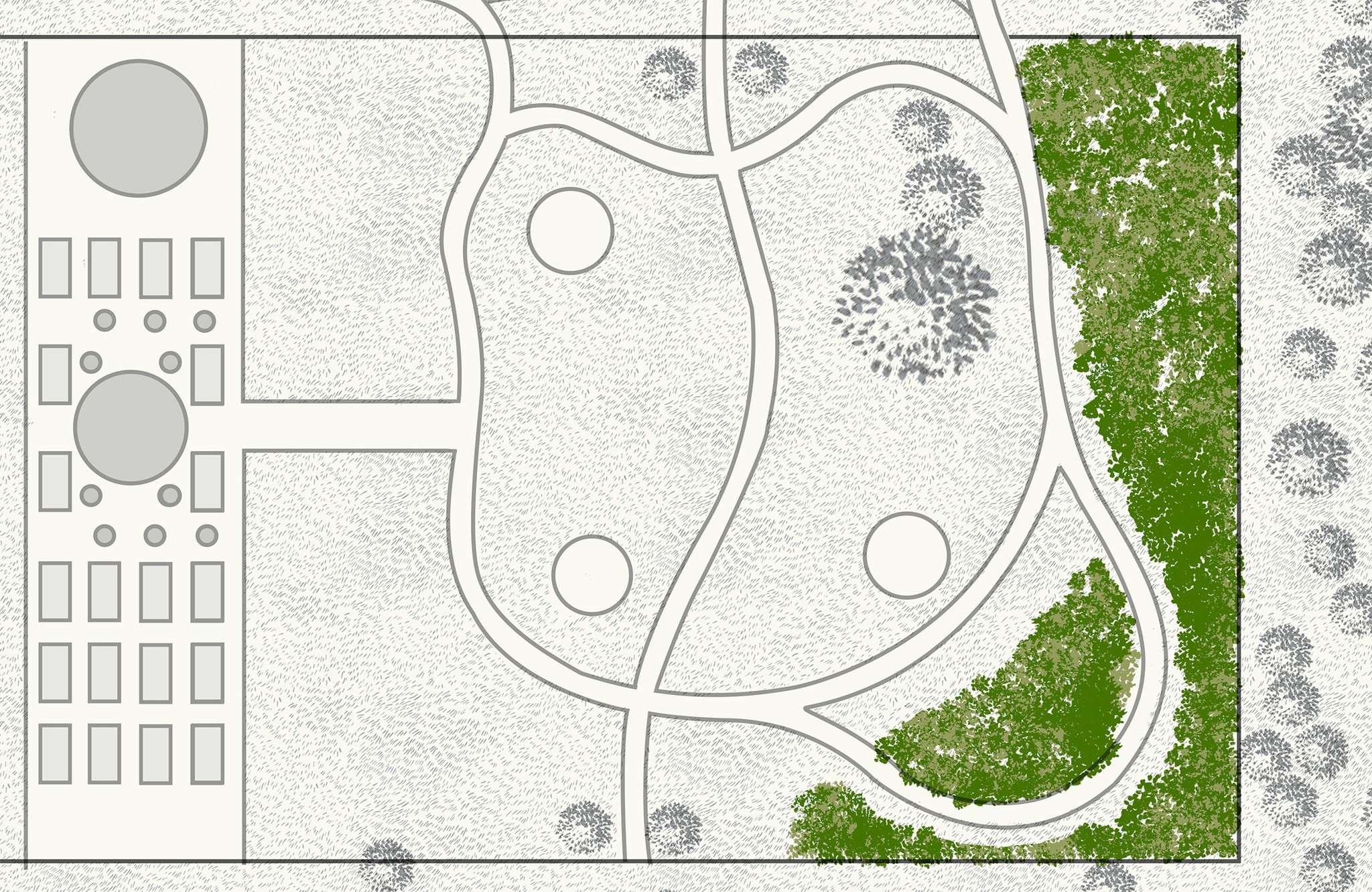
Planting: September 2025
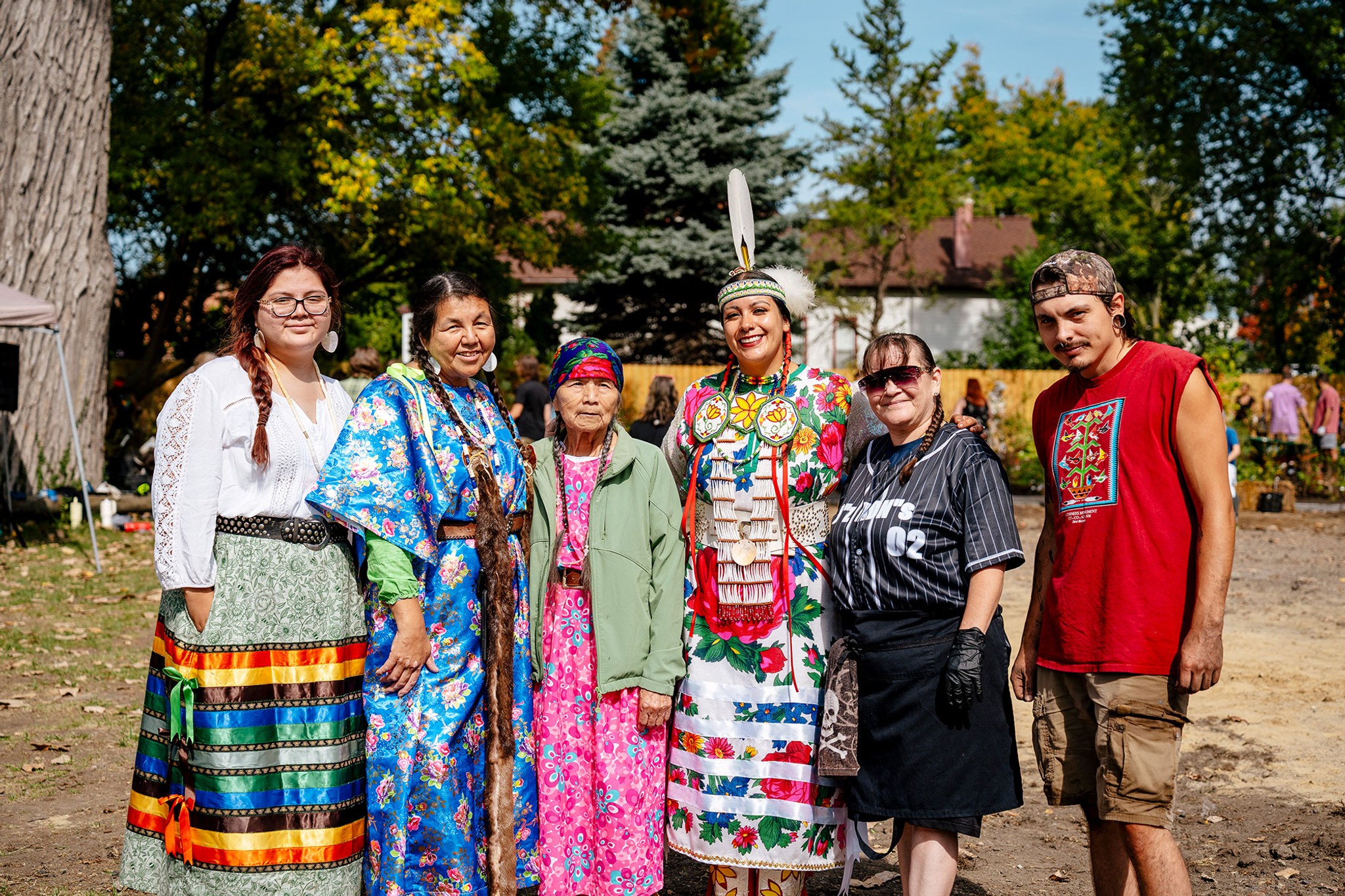
Native Species
Selection
“The Kintsugi Forest located in Detroit's Innovation corridor, will regenerate keystone plant partners as they weave opportunities to build native habitat corridors that will not only support community health but will also help address local air, water, and noise pollution.”
— Ethan Bryson, SUGi US Lead Forest Maker
We’re thrilled to collaborate on this project with:
